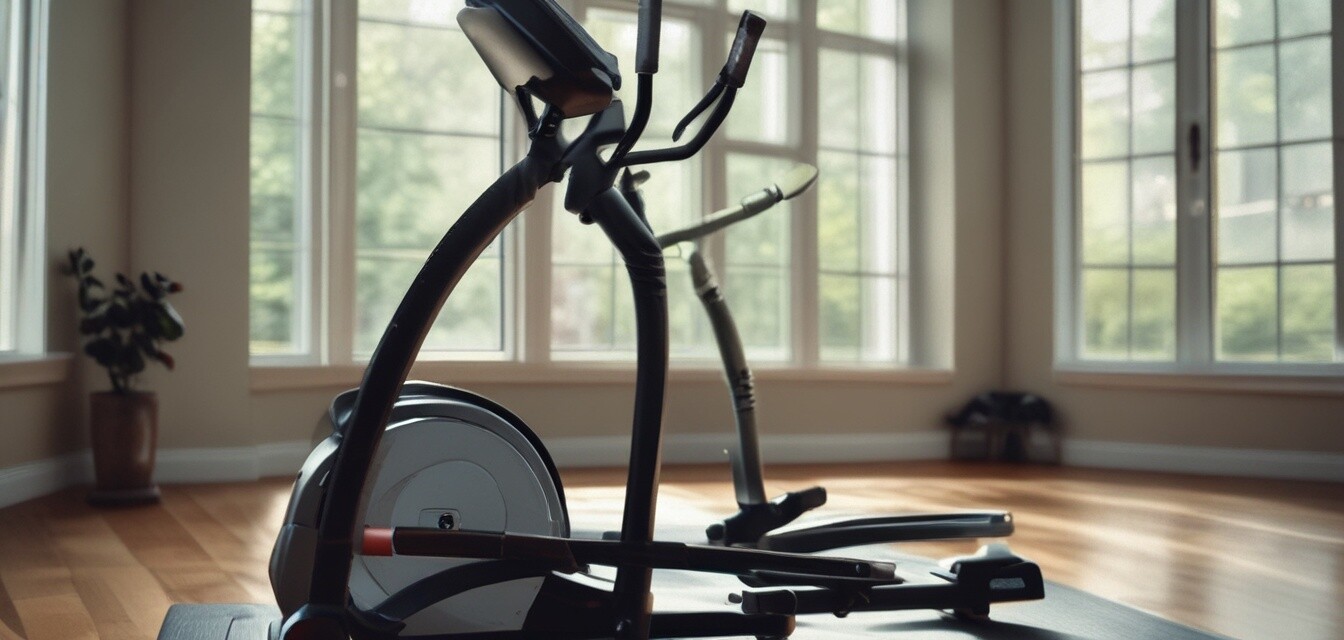
Safe exercise tips: Avoid injury on your elliptical
Key Takeaways
- Maintain proper form to avoid strain.
- Warm up and cool down to prepare your body.
- Regular maintenance helps ensure safety.
- Listen to your body and adjust intensity accordingly.
- Stay hydrated during workouts.
Exercising on an elliptical can be a fantastic way to improve your fitness and stay healthy. However, like any workout equipment, it's essential to follow certain safety guidelines to prevent injury. In this article, we will cover important tips to ensure a safe and effective workout on your elliptical machine.
1. Understanding your elliptical machine
Before hopping on, make sure you're familiar with your machine. Each model has unique features and functions. Reference the manual or user guide to adequately understand how to operate it safely. If you’re unsure, consider visiting our Buying Guides for more information.
Key components to know
| Component | Description |
|---|---|
| Handles | Used for balance and stability during workouts. |
| Foot pedals | Designed to provide a smooth motion while exercising. |
| Resistance settings | Control the intensity of your workout. |
| Display | Shows workout metrics such as time, distance, and calories burned. |
2. Warm-up and cool-down exercises
Warming up and cooling down should be integral parts of your workout routine. They help prepare your body for exercise and aid in recovery, respectively.
Recommended warm-up exercises
- Gentle stretching focusing on the legs and arms.
- Perform low-intensity cycling on your elliptical for 5-10 minutes.
- Gradually increase the resistance to activate your muscles.
Effective cool-down stretches
- Hamstring stretches
- Quadriceps stretches
- Arm stretches and shoulder rolls
3. Maintain proper form
Using the correct posture while exercising on an elliptical is crucial for avoiding injury. Follow the tips below to ensure you’re exercising safely:
Tips for proper form
- Keep your back straight and avoid slumping.
- Position your feet properly in the pedals to avoid slipping.
- Use the handles for balance, but do not lean heavily on them.
4. Adjust settings to suit your fitness level
Understanding your fitness level can significantly affect how you should use your elliptical. Here’s how to adjust the settings:
Find your starting point
Begin with a lower resistance setting to allow your body to adapt. As you get stronger, gradually increase the intensity of your workouts.
Monitor your heart rate
It’s important to keep your heart rate within a safe zone. Most elliptical machines come with a heart rate monitor to help you track your pulse during workouts.
5. Stay hydrated
Drinking water before, during, and after your workout is essential to maintain hydration, especially during intense sessions. Here’s a quick guide on hydration:
- Drink at least 8 ounces of water before starting your workout.
- Take small sips throughout your exercise.
- Rehydrate well after your workout to replenish lost fluids.
6. Routine maintenance of your elliptical
Keeping your elliptical in tip-top shape is vital for safe and effective workouts. Some basic maintenance tasks include:
- Regularly check for loose screws or bolts.
- Clean the machine to avoid dust buildup that may cause malfunctions.
- Lubricate moving parts as instructed in the user manual.
- Check the cables and tension for wear or fraying.
Conclusion
By following these safe exercise tips, you can enjoy a solid workout on your elliptical while minimizing the risk of injury. Always consult user manuals, maintain your equipment, and listen to your body to ensure a positive fitness journey. For more insights on keeping your elliptical and fitness journey on track, browse our Maintenance Tips category.
Pros
- Low-impact exercise suitable for most fitness levels.
- Full body workout that targets various muscle groups.
- Adjustable settings for personalized workouts.
Cons
- Improper use can still lead to injuries.
- May not provide as intense a workout as running.
- Requires maintenance to ensure optimal functioning.